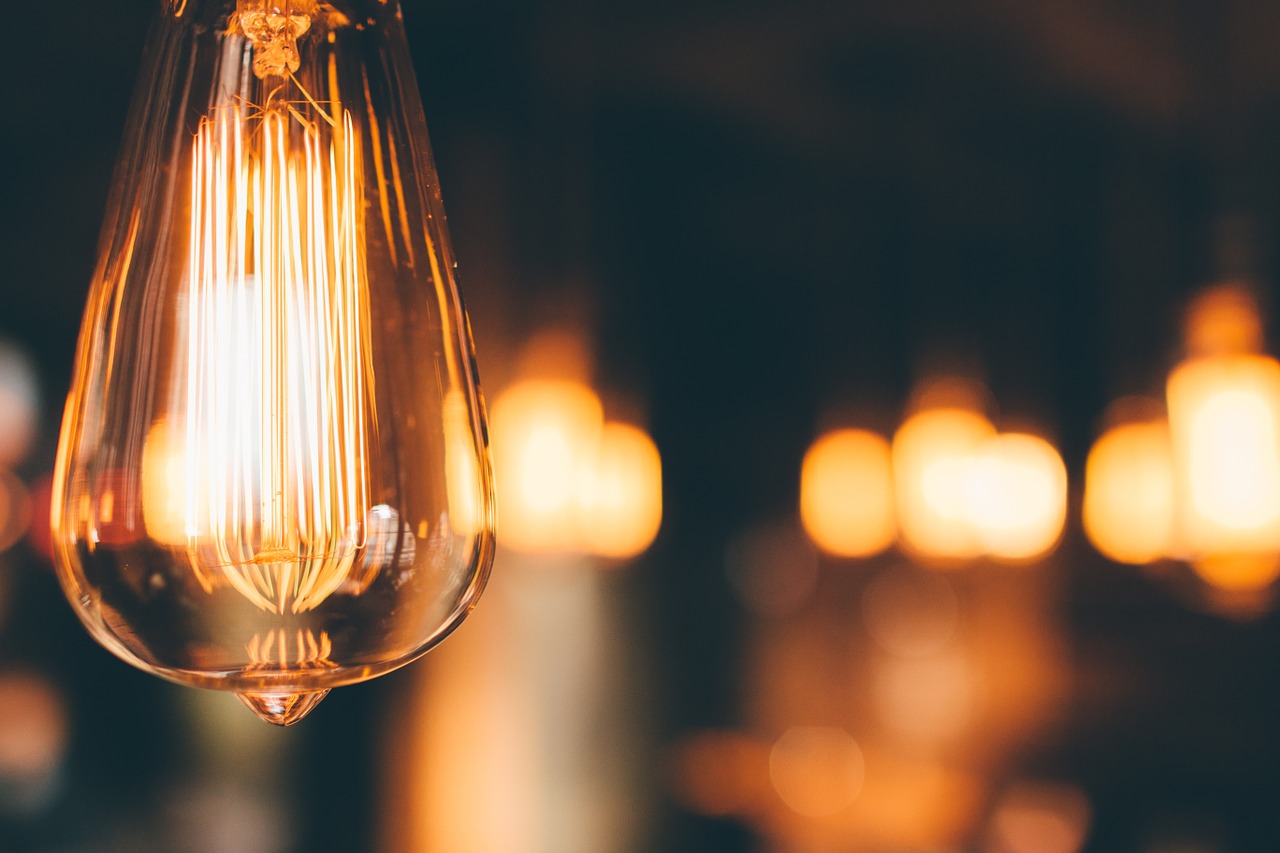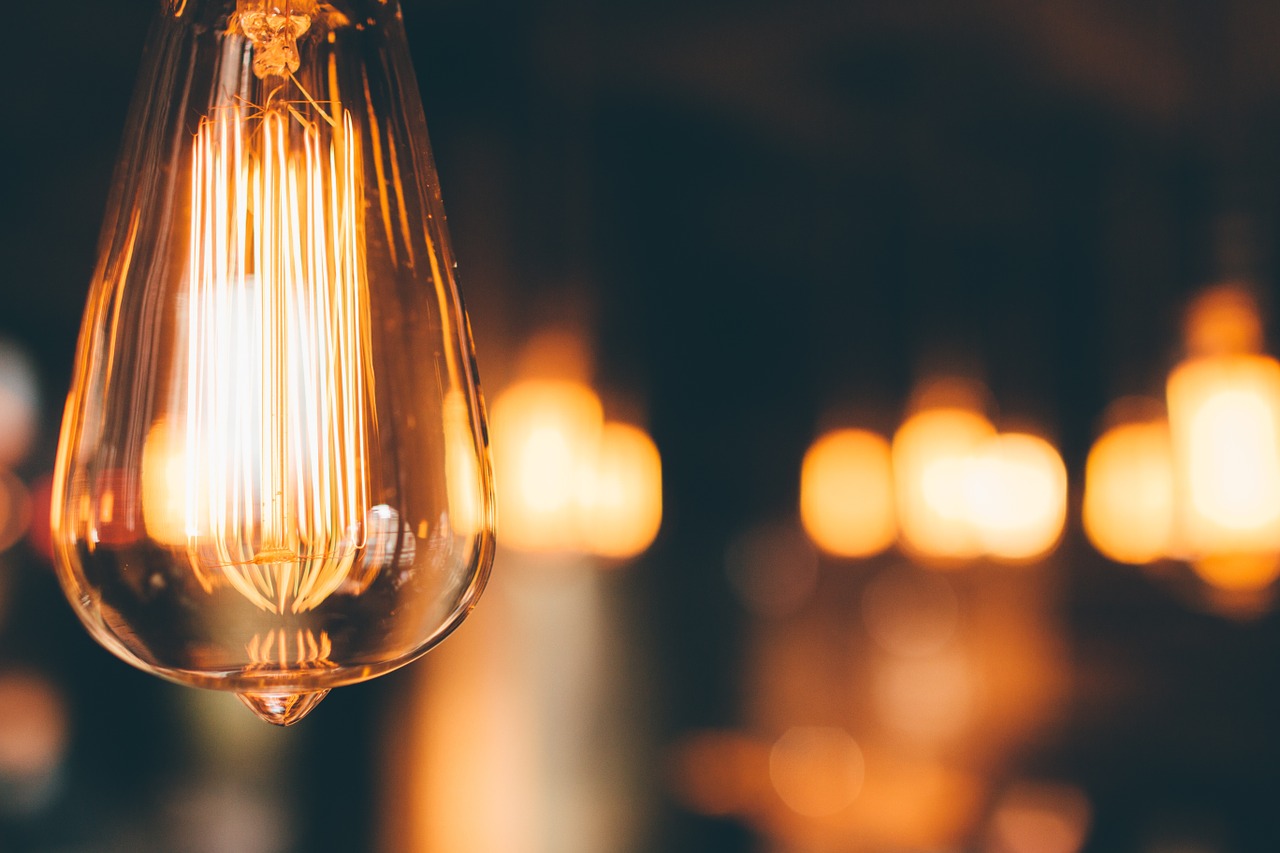
The eye works in many ways. We often see things very differently from one light to the next. Early days of LED fixtures had such a blue light that it was very difficult for most people to deal with. As the blue has been slowly taken out and a more natural white light is being used more often, it is not only changing the way we see light, but also how we should be measuring light. There are tons of scientific articles on the subject, but I wanted to provide something more condensed and simple to understand.
How the eye sees light
First off, we need to discuss how the eye sees light. It has been long since thought that the cones (photopic) sense daylight and provide the information to our brains on what we see, and rods (scotopic) are only used for night vision. That is not actually the case. The eye’s rods do pay more of a role in sight with the use of lighting and combine with the cones to produce another type of vision, Mesopic. Mesopic vision is higher than photopic, but a little lower than scotopic, and used to improve visibility in low light situations.
Photopic vs Scotopic Light Meters
Photopic light meters only provide feedback on information that the cones of our eyes see. A light meter that looks at both the scotopic and photopic information recognizes more light depending on the light source. Some light sources can produce twice the amount of visible light or Lumens when comparing photopic information against scotopic information. This means that our visibility is better than we thought with certain light sources, especially LED lights, and a lower wattage than previously thought can be used and achieve the same visibility.
Why this difference matters?
People today are always looking for a way to cut energy usage and reduce costs. This information suggests that we can greatly reduce our light output by not only switching to LEDs, but also by reducing the wattages by at least half. Check out this great article that goes in depth of this study: Consider Photopic, Scotopic, Mesopic Vision before Specifying Lumen Requirements
This also means that solar lighting systems are even more viable than ever before. If the amount of light output is higher than previously thought, more visible light is available at even lower wattages, making solar more efficient and therefore cost less to run.
For now, we still test in the old fashion, looking at only the lumens produced that photopic light meters provide; however, in the future, new testing will begin to include the scotopic information in standard lighting practices. There are light meters that exist that can provide information on both types of light; however, this is just not widely practiced at this time.



